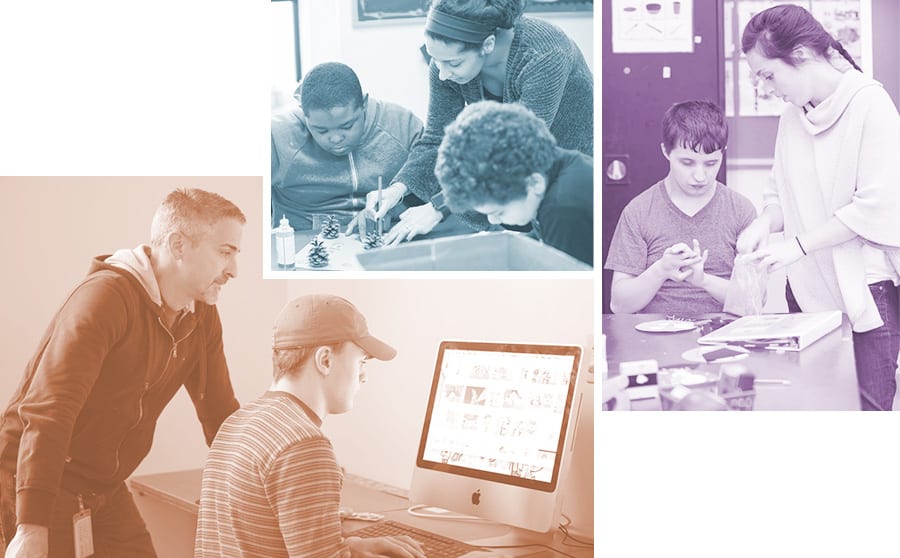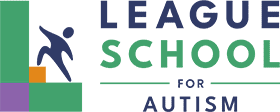Student Profiles
League Learners
The League School provides services to children ages 3 to 21 years who have a primary diagnosis of Autism, and who may or may not carry additional diagnoses including anxiety, ADHD, intellectual disability, obsessive compulsive disorder (OCD), bipolar disorder, depression, seizures, gastrointestinal symptoms, and similar diagnoses.
Our students require highly specialized and individualized instruction and support to access learning. Students are able to participate in small group instruction with accommodations in place. League students benefit from lower staff-to-student ratios to support communication, academic, emotional, or behavioral needs.
Students may be enrolled in the day school program or have residential programming incorporated into their educational experience.

Student Snapshots
Xavier — Pathfinders
Xavier is working toward a high school diploma and hopes to enter a community college with supports in place after graduating. Xavier enjoys talking with others about video games and role playing games and engages in reciprocal conversations independently.
Brian — Transitions
Brian is currently in the 11th grade and is learning functional academic skills that include making simple purchases with a debit card, reading and understanding community signs, and typing emails from a pre-drafted template. Brian uses a visual checklist to complete his daily hygiene routine along with some verbal prompts from staff if he gets distracted.
Tana — Foundations
Tana is a second grader who loves princesses and animals. She uses spoken language in the form of echolalia, often repeating those words that teachers and caregivers use when communicating with her. To let others know what she is thinking, she uses a picture exchange system and was recently provided a communication device to help expand her spoken language and ability to share her message with others.
